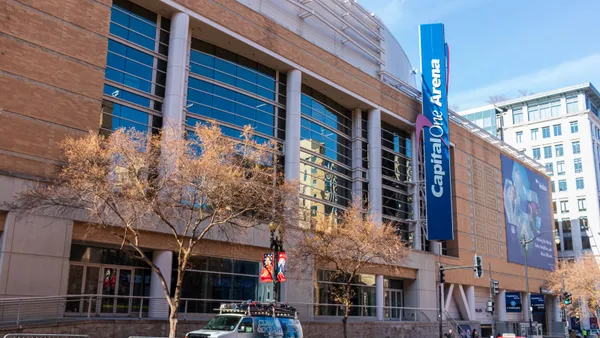Dive Brief:
-
A 17.8-acre parcel of private land in Seattle, a rarity for the city, has been put up for sale, The Seattle Times reported. Though it’s uncertain who will purchase the property and what they will do with it, the land is large enough to hold 80 to 90 single-family homes.
-
Located in the city’s desirable Laurelhurst neighborhood, the property offers easy access to the University of Washington, Seattle Children’s Hospital, freeways and downtown.
-
Any purchaser faces an uphill battle with locals. Previous attempts to put apartments there failed, and the land has been designated a city landmark. Still, the community says it is open to discussions around solutions that suit the existing neighborhood fabric.
Dive Insight:
Bordered by water on two sides, Seattle doesn’t have much land to spare for new-home communities. Single-family development within city limits is often infill and tear-downs, a phenomenon that is already reshaping the look and feel of some close-in neighborhoods. It’s no wonder the Laurelhurst property has potential buyers intrigued.
Seattle is undoubtedly one of the hottest housing markets in the country. Growth in high-paying tech-sector jobs in the region has driven homebuying there into a frenzy. CNN Money found that homes there are spending just 25 days on the market, with bidding wars common. At the same time, for-sale listings are 20% lower than last year.
Single-family home prices in Seattle climbed 12.2% year-over-year in February — the largest jump in the country and well above the national average of 5.8%. In the last five years, median home prices in Seattle have doubled.
Housing availability is so tight, particularly for affordable units, that the city council recently voted to rezone two more neighborhoods to allow for taller buildings, with more to follow in the coming years. The move could make way for more and larger multifamily projects, in particular low- and middle-income properties.
Growth may not come easy, however, as the city’s efforts to keep up with demand, such as through allowances for accessory dwelling units, are often in conflict with residents’ concerns about losing character, community and views.
For more housing news, sign up for our daily residential construction newsletter.














